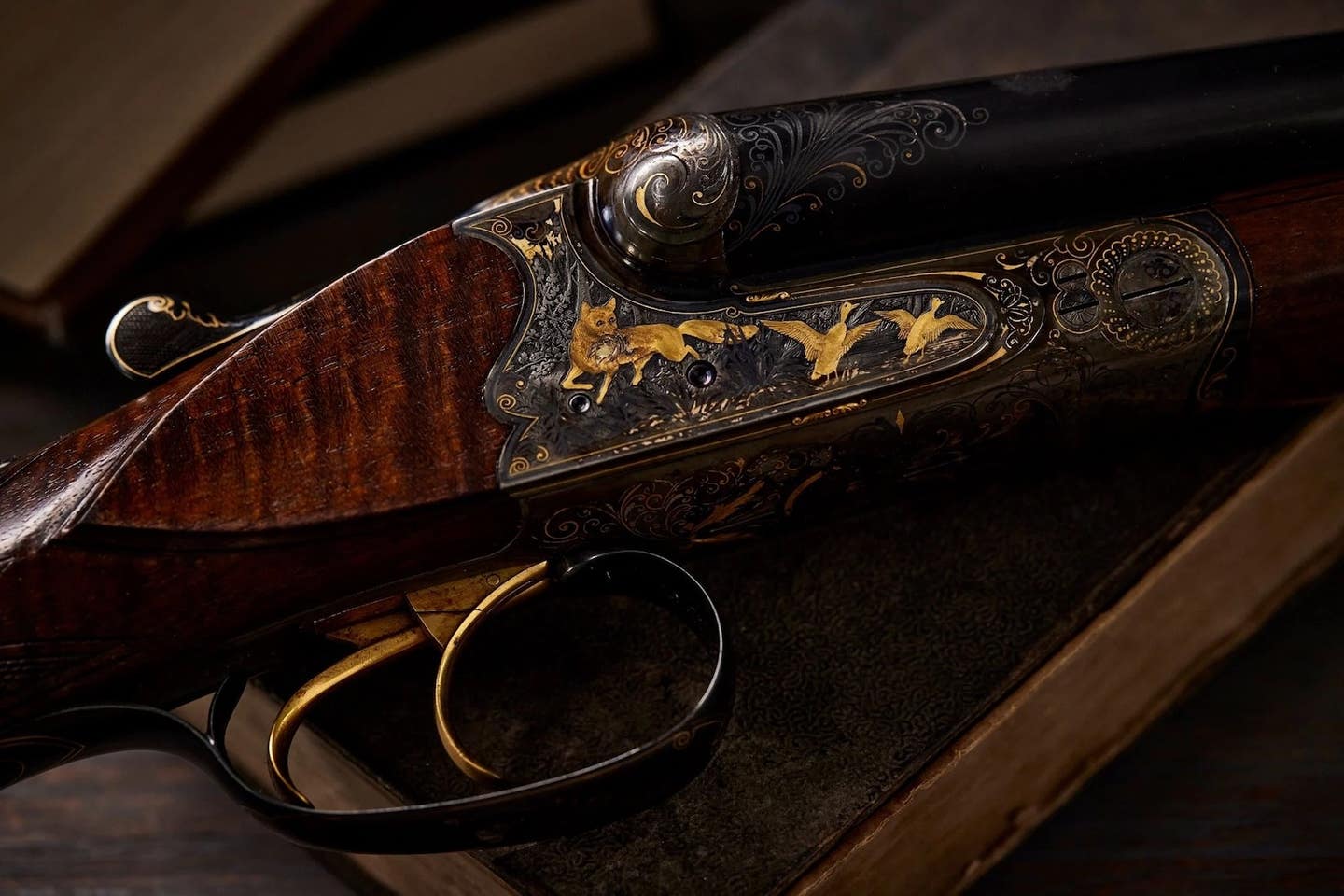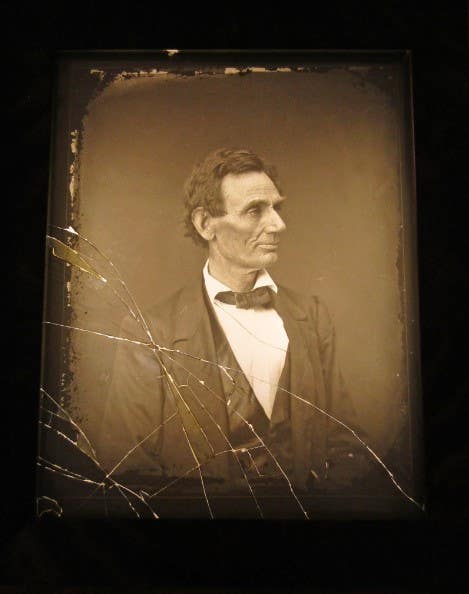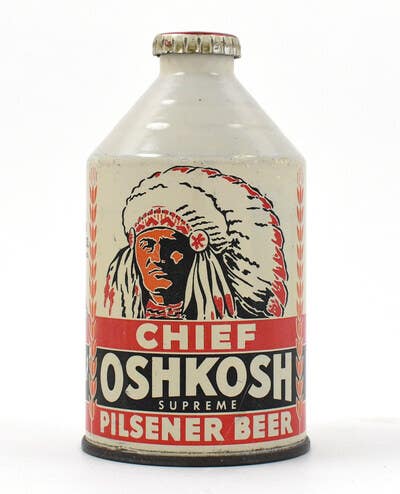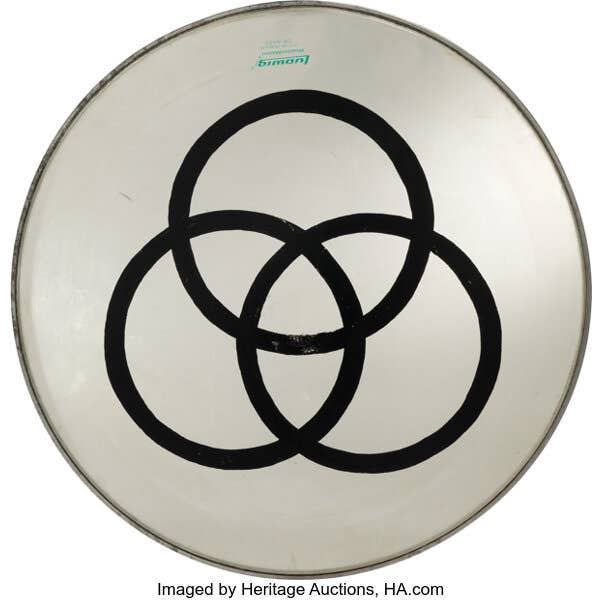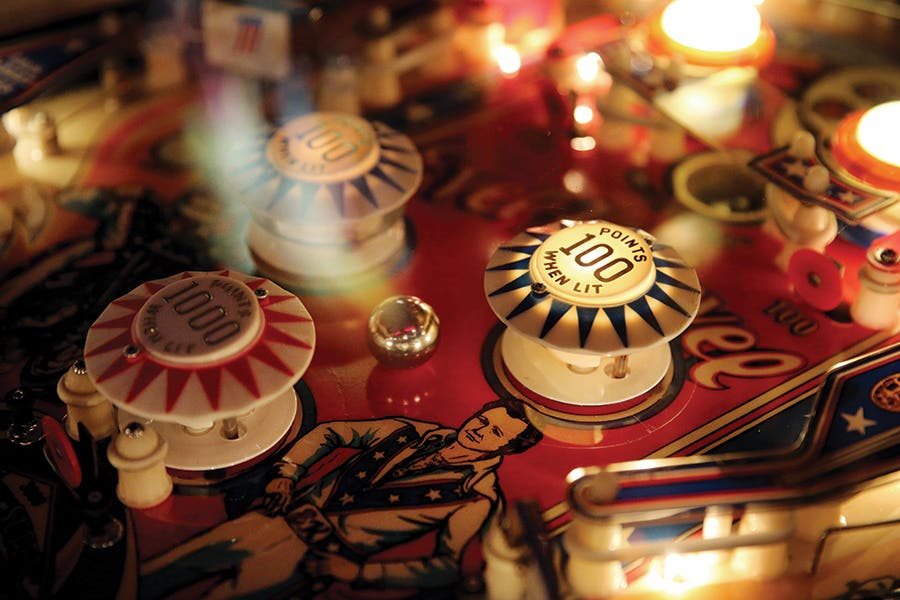Meet Leonard Lauder: Billionaire Businessman, Philanthropist and Postcard Collector
Leonard Lauder is among the richest people in America. And yet it’s his lifelong passion for the everyman hobby of postcard collecting that continues to capture his imagination. Lauder’s collecting escapades provide a rich story – one he is happy to share.
Most people know Leonard Lauder as a billionaire businessman and heir to the Estée Lauder cosmetics fortune. He has been honored as a passionate philanthropist and his Cubist art collection gifted to The Metropolitan Museum of Art – valued at more than $1 billion – constitutes one of largest donations to the museum in history. Lauder also loves postcards.
At 87, he’s the oldest member of the Metropolitan Postcard Club in New York City, having been active in the Club since he was a teenager. “You’re quite right. I think I am the longest living member of the Club—and hope to continue to be the longest living member of the Club. So, here’s my story.”
I have been a collector of picture postcards since childhood. Between 1938 and 1944, I lived in Miami Beach and became fascinated with the incredible art deco hotels and the way the artists interpreted them on the postcards. Adjoining buildings seemed to disappear, leaving only open space; the beach was always in sight; the colors of the lines were so vibrant that each card was my own version of a Van Gogh. I would stroll along Collins Avenue at the age of 7 and walk into each hotel. Standing on my tiptoes, I would reach over the desk and ask for or pick up a handful of postcards. They were my treasures.
I also went to a school where instead of collecting and trading baseball cards, we did the same thing with Miami Beach hotel postcards. It was fun and cost nothing. As time went on, my parents would send me cards from their travels, especially from their trips abroad.
Sometime in 1946, at the age of 13, I wandered into the office of a stamp dealer who was located on the fifth floor of an old building on West 42nd Street in New York City. I was on a search for postcards that stamp dealers had no use for. (The very fact that my parents had no problem in letting me wander around the city at age 13 never ceases to amaze me). I bought a number of German Gruss Aus postcards—for one penny each. There was a man named Walter Czubay who was looking through the same box that I was. He took pity on me and started to explain what to look for when going through a large box of postcards. I was a good and quick student, and I loved to learn.
Walter was the one who invited me to come out to Brooklyn to attend one of the early meetings of his Metropolitan Postcard Club. They were held in the home of one of the members, Edith Towey. I met several other members who did all they could to teach me what they knew. I came to know Ben Shiffrin, who collected old exposition cards; Ben Papell, who collected Detroit Publishing Company postcards; and Ed Rohrlack, who collected cards published by Raphael Tuck.
There were no dealers there because dealers didn’t even exist yet. No money changed hands. Everything was by exchange. Since I was the youngest person there, they sometimes forgave me if I wasn’t able to give them a proper exchange. The best gift I ever received was from our hostess, Edith, who gave me a mint Detroit of the Japanese cherry blossoms in Washington. I loved it. I loved the colors, the composition, everything about it. To put it mildly, I was “hooked.”
Collecting postcards in the 1940s and 1950s was quite a bit different than it is today. There were of course fads, some of which I embraced. I become a passionate collector of Union Oil cards, which were full-color cards that were distributed free at the Union gas stations whenever you got a full tank of gas. They were beautiful, and I vowed to collect every one I could. As I mentioned before, I collected Detroits and Tuck Oilettes. I had no interest in what seemed to be everyone’s passion: lighthouses, cats, etc.
The most fascinating collector was the Metropolitan’s founder, Joe Nardone, who collected Real Photos of main streets in the United States. Although they were cheap at that time, only costing pennies, to find one good Real Photo postcard of a main street meant plowing through thousands of cards in antique shops.
Finding, buying, and collecting postcards during those early years of the Metropolitan Club was one of the best periods of my life. Since there were no dealers, one had to dig up cards from stamp dealers, used-book shops, antique shops, attics, heirs, etc. etc. It had the excitement of being a nonstop treasure hunt.
On my first business trip to Europe, I stumbled on the postcard collecting pastime in England and France. There were shops there devoted to old postcards. In London there were open air markets, such as Camden Passage and Portobello Road, where postcards abounded. Prices were negligible and the hunt exhilarating.
Since I was a European and American history buff, I managed to discover in some of these antique malls Real Photo postcards of historical events that seemed to escape the dealers’ notice. Imagine the discovery of the assassination of the Archduke Ferdinand in Sarajevo in June 1914; the Hindenburg disaster in Lakehurst, New Jersey, in 1937; the entry of Adolf Hitler into Vienna in 1938, all of which wound up on postcards.
Here again, although there were no official dealers at that point, these cards came from the early dealers in ephemera. To be able to find a rare card that only I seemed to know the value of was a thrill.
I left the hobby for a number of years when I enlisted in the U.S. Navy and was sent to sea. This was followed by my marriage and children. When I reengaged with the hobby, it had changed. Postcard clubs were no longer swap meets, but everyone had things for sale. Still, it was just as much fun, as we were still pioneers. And I still had plenty to learn. There was hardly a meeting of the Metropolitan Club when someone didn’t teach me something new.
The Club was the foundation of my postcard passion and has never disappointed.
I’ve recently donated most of my postcards to the Museum of Fine Arts, Boston, and to the Curt Teich Postcard Archives of the Lake County Discovery Museum, in Wauconda, Illinois, near Chicago. [Editor's Note: The Museum of Fine Arts offers the collection online as part of a continuing project while the Lake County Museum has since transferred its entire collection to the Newberry Library in Chicago]. Both of these places are dedicated to the preservation of the gifts. A word of advice: Don’t simply give your collection away to the local public library. They soon forget who gave it to them and the next generation of librarians will clean house. Make sure that you donate your collection to a person or place that is dedicated to preserving the collection.
The amazing thing about postcard collecting is that it’s never over. There are always new categories to discover, new cards to fill in the gaps, new friends, and new horizons.
This story first appeared in the METRO NEWS, the bulletin of The Metropolitan Postcard Club, the oldest continuously run postcard club in the U.S. Membership includes both national and international collectors and dealers. Not only has the club been facilitating the exchange of postcards since its founding in 1946, it is dedicated to furthering the understanding and practice of Deltiology – the collection and study of picture postcards.
For more information about the club, visit: www.metropolitanpostcardclub.com. It holds monthly meetings and shows twice a year.
Leonard Lauder is a billionaire businessman and heir to the Estée Lauder cosmetics fortune. He has been honored as a passionate philanthropist, receiving the Carnegie Medal of Philanthropy in 2011. He gifted his Cubist art collection – valued at more than $1 billion – to The Metropolitan Museum of Art, making it one of largest donations to the museum in history. Lauder also loves postcards.



